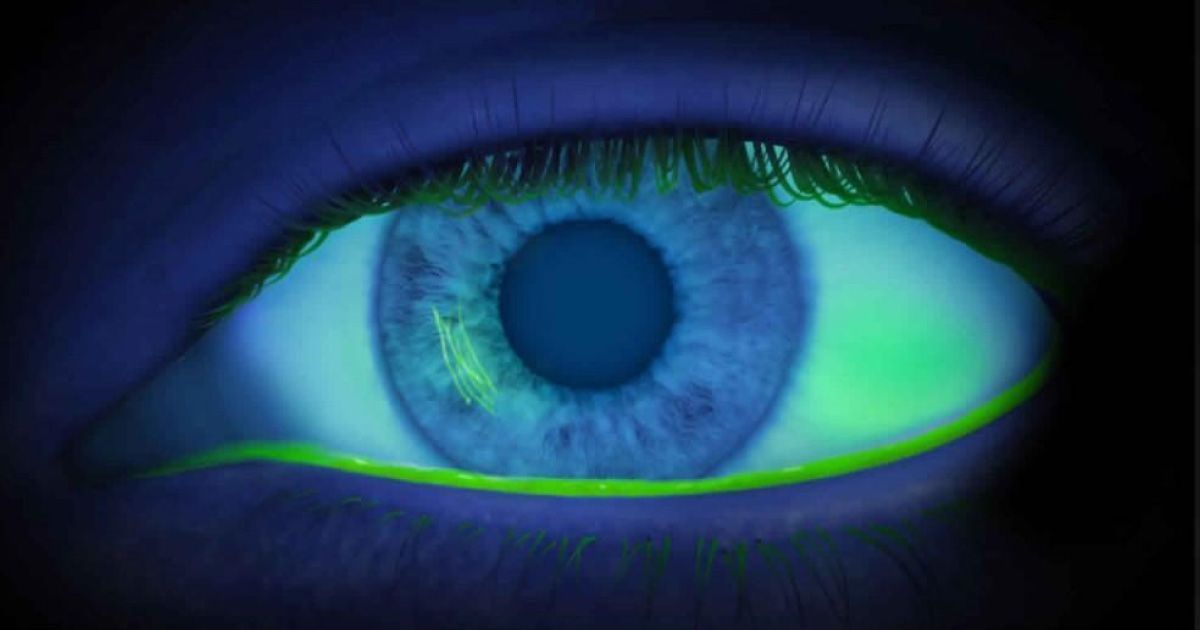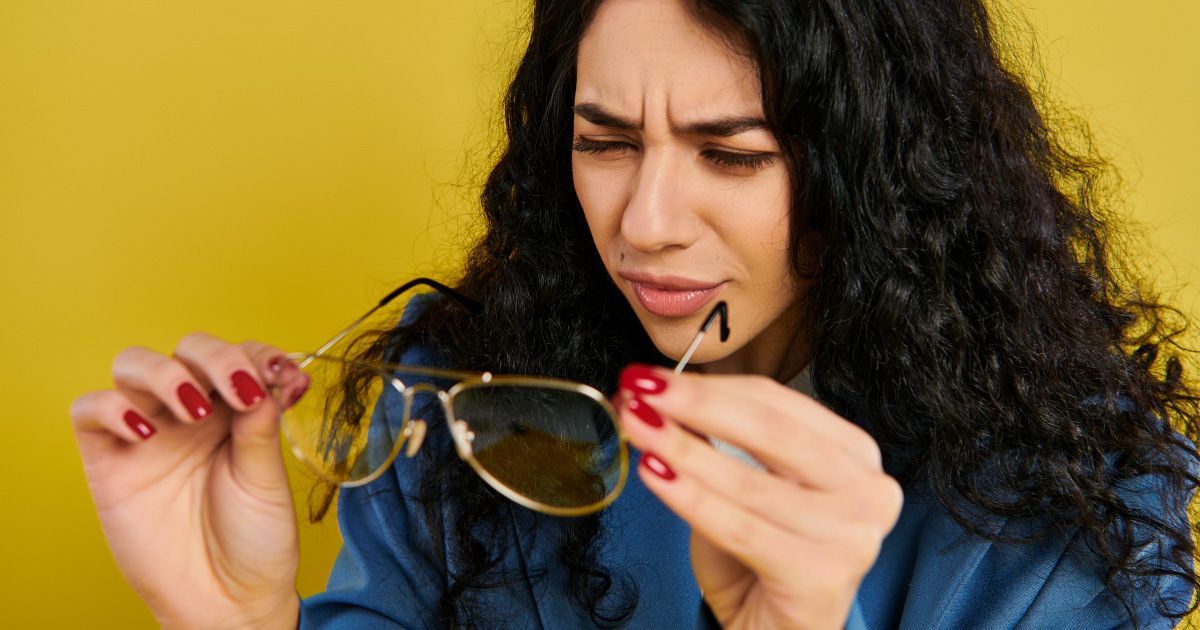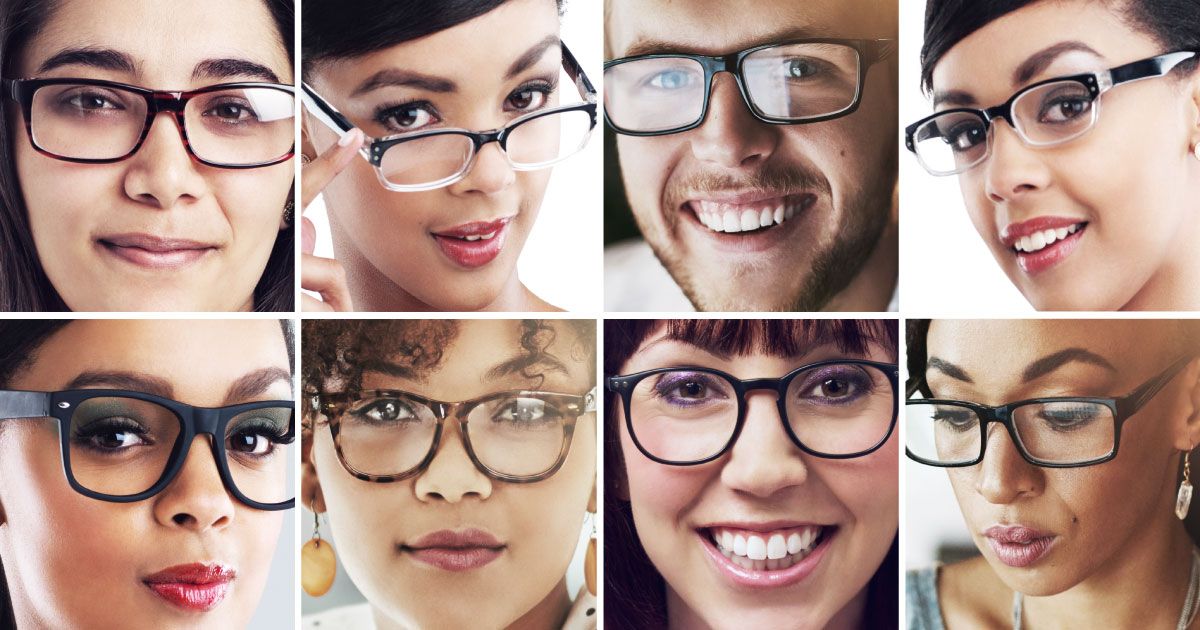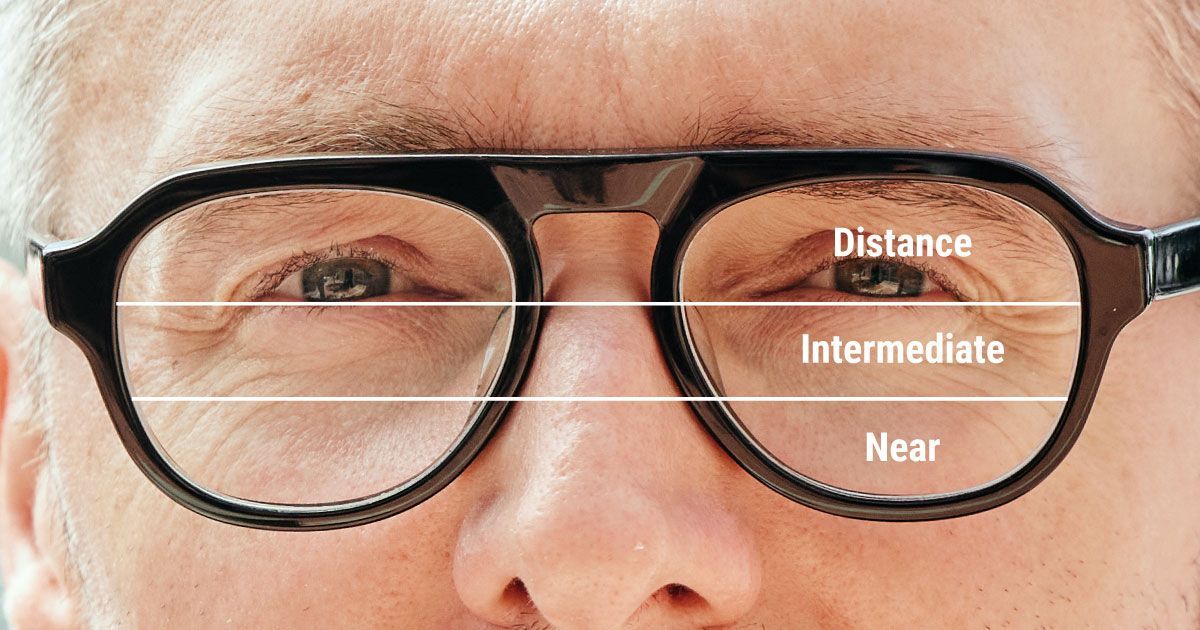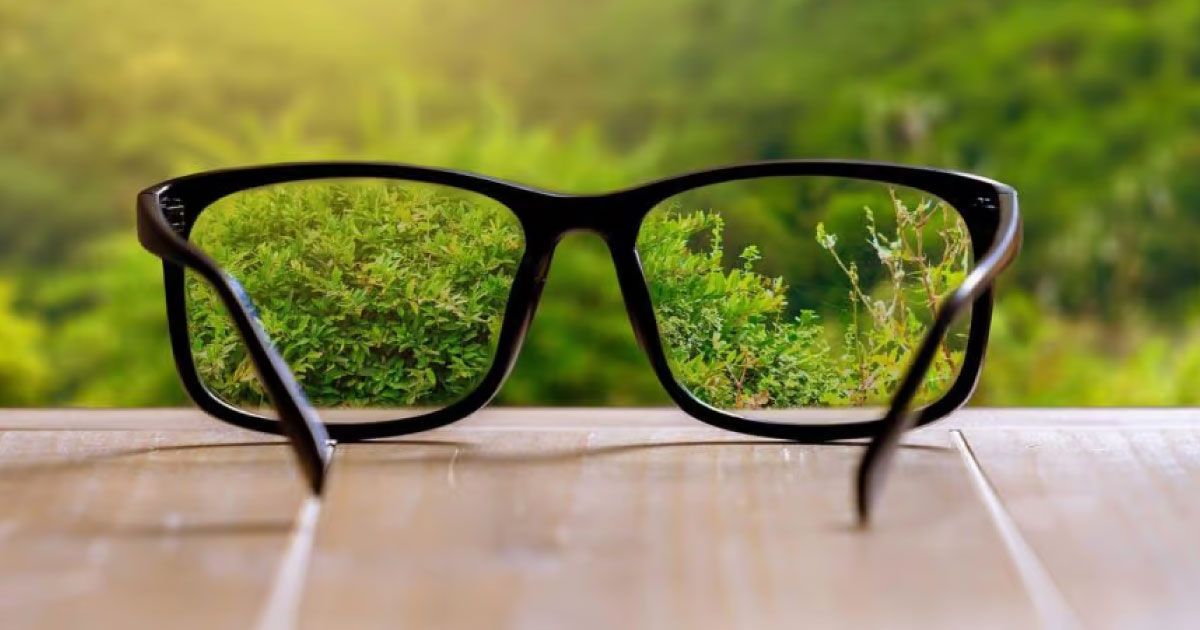The Effect of Stroke on Vision and Eye Health
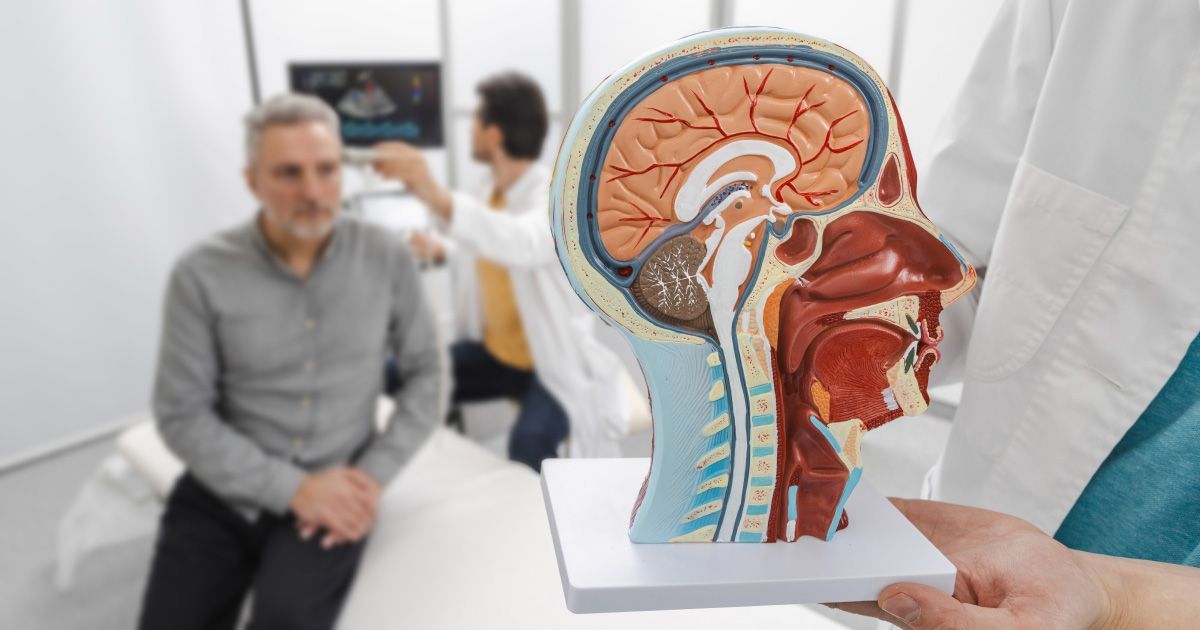
Read time: 4 minutes
A stroke, also known as a cerebrovascular accident (CVA), occurs when blood flow to part of the brain is disrupted—either due to a blocked artery (ischemic stroke) or a ruptured blood vessel (hemorrhagic stroke). While strokes are often associated with motor and speech impairments, vision loss or disruption is a common and sometimes overlooked consequence. In fact, approximately two-thirds of stroke survivors experience some form of visual impairment.
This article explores how strokes affect the visual system, the types of symptoms that may appear, and the role of vision rehabilitation in recovery.
How Stroke Affects Vision
Vision isn’t controlled by the eyes alone - it also depends on the brain’s complex network of pathways. The retina sends signals via the optic nerves, which cross at the optic chiasm, continue through the optic tracts and lateral geniculate nucleus, then travel along the optic radiations to the visual cortex in the occipital lobe.
When a stroke damages any part of this system, the results can range from subtle visual changes to profound vision loss - even when the eyes themselves remain structurally healthy.
Some stroke effects on vision are highlighted in this article from American Academy of Ophthalmology.
Common Stroke-Related Visual Impairments
The exact type of vision problem depends on where the stroke occurs in the brain and how severe the damage is.
Some of the most common include:
- Visual field loss (hemianopia or quadrantanopia) - large blind spots in vision, often on the same side in both eyes.
- Visual neglect/inattention - where the brain fails to register one side of the visual field, despite intact eyesight.
- Oculomotor dysfunction - double vision, eye movement problems, or difficulty focusing.
- Reduced visual processing - slowed or impaired interpretation of visual information.
These conditions can affect independence, reading, navigation, and even safety, since they may increase the risk of falls or accidents. The American Stroke Association has more info here.
Diagnosing Stroke-Related Vision Problems
Visual issues may not be immediately obvious after a stroke, especially when patients have more noticeable motor or speech impairments. That’s why early vision assessment is so important.
Diagnosis often involves:
- Comprehensive eye exam (visual acuity, eye movements, pupil testing)
- Visual field testing (perimetry) to identify blind spots
- Imaging (MRI or CT scans) to confirm stroke location
- Functional vision tests to assess tracking, focus, and coordination
Treatment and Rehabilitation
While there is no single cure for stroke-related vision loss, rehabilitation strategies can significantly improve quality of life.
Some effective approaches include:
- Vision therapy and scanning training to improve awareness and compensate for missing fields
- Prism lenses to shift images into the usable field of vision
- Magnifiers and high-contrast materials to make reading and tasks easier
- Occupational therapy to support daily function and mobility
- Assistive technology such as large-print materials or text-to-speech tools
For some patients, the brain may recover partial function through neuroplasticity, while others benefit most from adaptive tools and training. Research shows that neuroplasticity allows the brain to reorganize and form new neural connections after a stroke. At the same time, many survivors improve daily function through adaptive strategies, such as vision exercises, prism lenses, and environmental modifications.
Living With Vision Loss After Stroke
Adjusting to vision changes after a stroke can be challenging. Survivors often report difficulties with daily activities, from reading to driving to social interaction. Feelings of disorientation and anxiety are common.
Practical adjustments can help, such as:
- Improving lighting and reducing glare in the home
- Using contrasting colors and labels for organization
- Clearing walkways and installing non-slip flooring to prevent falls
- Educating family and caregivers to better understand visual limitations
With the right support, stroke survivors can regain independence and confidence in daily life.
The Takeaway
Stroke can profoundly affect vision in ways that are often underrecognized. From visual field loss to eye movement disorders, the impact on quality of life is significant—but with proper diagnosis and rehabilitation, many patients can adapt successfully.
At Urban Optiks Optometry, we provide thorough eye health evaluations. If you have experienced changes in your vision after a stroke, we can assess your ocular health, coordinate with your medical team, and guide you toward resources that support safe, independent living.
Share this blog post on social or with a friend:
The information provided in this article is intended for general knowledge and educational purposes only and should not be construed as medical advice. It is strongly recommended to consult with an eye care professional for personalized recommendations and guidance regarding your individual needs and eye health concerns.
All of Urban Optiks Optometry's blog posts and articles contain information carefully curated from openly sourced materials available in the public domain. We strive to ensure the accuracy and relevance of the information provided. For a comprehensive understanding of our practices and to read our full disclosure statement, please click here.



